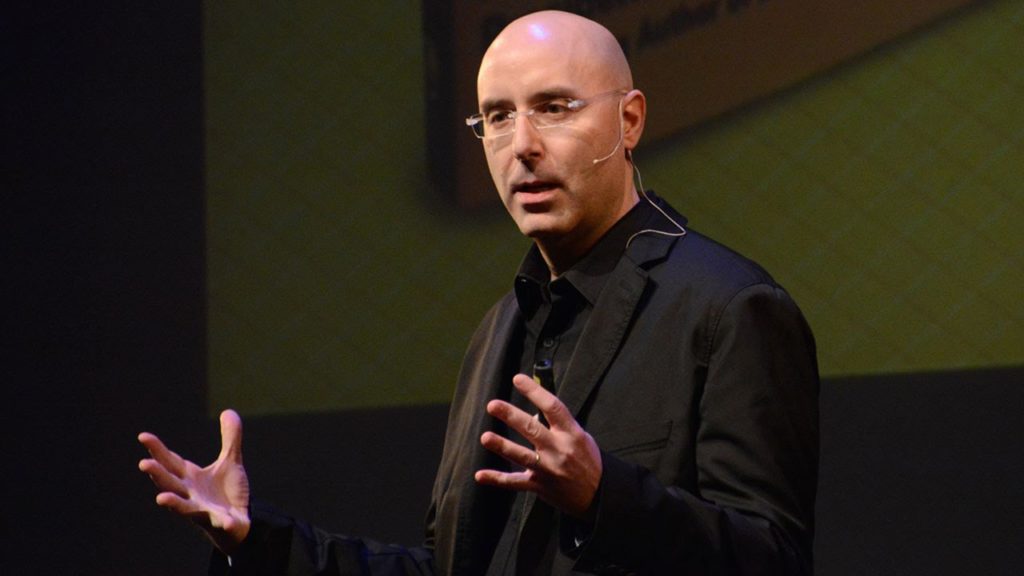
I read Stephen King’s 1977 paper titled “Improving Advertising Decisions” again and talked about it with students today (that’s the marketer by the way, not the best selling novelist).
The paper is about basic principles to think about marketing and advertising research in order to improve decisions. It’s still hugely relevant now. He uses the term “causal slippage” to talk about being mindful of correlation vs. causation.
Shortly after I came across this article about Lululemon in the Wall Street Journal, titled “Lululemon’s Secret Power: Even Mom Can’t Make It Uncool” (irresistible, I know).
This post is not about the whole article. This quote about influencers who work with Lululemon struck me though:
“Grandma Droniak, who recently aired a TikTok video to her 11.8 million followers”
This reads as if people share things on social with their x number size of followers, which is their audience. We seem to write, talk, and think this way. And it’s kind of true, but also not.
Really, they upload it and the algorithm works it all out from there. Just like the Facebook algorithm will work out where to display this post (and I already posted it on Linkedin, I just thought I hadn’t posted here in a while).
I’m not saying influencers don’t interact with their followers, I’m sure they do. And there is certainly a correlation.
I’m pretty sure followers is considered an important number that a brand will look at and consider if it’s good enough to work and spend money with this person and/or social media platform. Technically it’s probably an easy to use metric for audience, maybe it is even the best approximation we have.
Out of curiosity (not really research, just an illustration), the recent post featuring Grandma Droniak on the Lululemon official TikTok account says the video had 5.1 million views in the past 3 days (Grandma reposted it). Say that’s roughly half her followers, but also not right since it’s not posted to the same account. Still, what does this mean for lululemon? Is it only worth half the effort? And/or perhaps it will grow – and likely this is just one of many initiatives as part of a back to school campaign. More factors come into play I don’t see from here.
The point is just that I notice the language we use encourages us to think of influencers’ followers as their audience, when those aren’t equal. And it seems the tech/social platforms benefit most.
PS: this is obviously not about the WSJ article, Grandma Droniak (I had no idea who she was until an hour ago), or lululemon in particular.
Improving Advertising Decisions, Stephen King – either via WARC (paywall) or in A Master Class in Brand Planning



